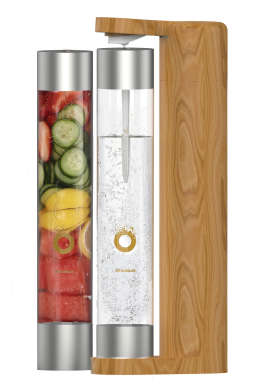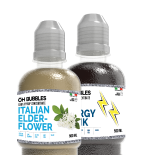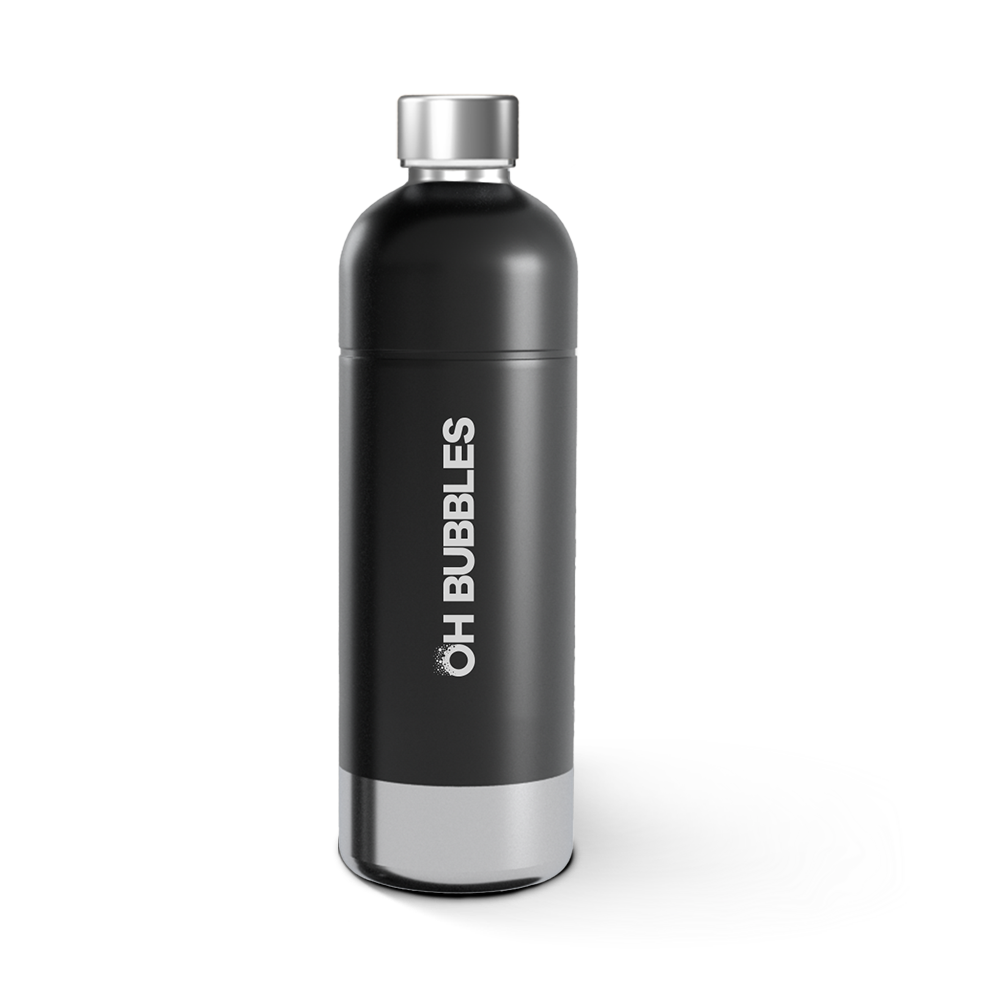We all are worried that the health of our planet is diminishing. We want to help it save it but our love for certain things is stopping us, right?
That’s alright we all feel the same! Don’t worry we have got some interesting facts for you.
We assume your home soda maker is a countertop carbonation machine that infuses your tap water with carbon dioxide from a metal cartridge. When the CO2 taps out, you can return the cartridge to a local store and swap it for a new one. But where does the CO2 actually come from?
The answer is the same whether we’re talking about homemade seltzer, homebrew beer. The beverage industries supply CO2 as a by-product of industrial operations such as natural gas- or coal-fired ammonia plants, large-scale ethanol production, and even breweries, what with all the fermentation going on there. Special equipment captures the CO2 before it escapes into the atmosphere, then it’s bottled and sold to sparkly-drink producers (as well as to food companies and the oil industry). You use your carbonator to force the gas into your next fizzy fix; you twist open the bottle, and poof! The CO2 floats up into the atmosphere.
From one perspective we are merely borrowing the CO2. Or, as some carbon purveyors put it, you’re using recycled CO2. So you can rest a bit easier knowing that nobody is burning fossil fuels specifically to aerate your next bottle of seltzer.
We all worry whether using our at-home carbonator is better than buying bottle after bottle of commercial seltzer, the answer is yes.
Its biggest benefit: The reusable glass or heavy-duty plastic bottle that comes with such machines has far less impact than the mountain of disposable plastic bottles or glass bottles or cans you’d otherwise generate (even if you recycled them). You’re also eliminating the need to shiploads of liquid across the country (or even the world) since you’re using the water from your own tap. True, transporting CO2 cartridges to and fro has an impact too, but they weigh a lot less than bottles of water and you’ll get far more glasses of the fizz out of each one.
And finally: Are we dooming the planet with our thirst for bubbly drinks? Like whipped cream canisters, I’d put home carbonators and soft drink habits in the Small Stuff We Shouldn’t Sweat Too Much category. Fizzy drinks do result in carbon emissions, but in relative terms, it’s quite a small amount: One analysis found that the total carbon footprint of a can of Coke was about 0.4 pounds of CO2 — and the biggest chunk of that came from the packaging, which you’re avoiding with your soda maker. Compare that to the 18 pounds emitted from driving your average car just 20 miles.
Bottom Line:
A soda maker eliminates the need for the environmentally-damaging supply chain that carbonates tap water, fills it into single-use plastic containers, and transports it hundreds of miles to a retail location that you probably have to drive to. A soda maker simply requires a local water source (tap water), a soda making machine, soda flavor additives (optional), and a CO2 cartridge.
So, yes, ultimately a glass of plain old tap water certainly has a smaller carbon footprint than carbonated water — at least until we figure out how to recapture the CO2 we exhale and use it to bubble our own soda water, that is. But I’d much rather have you worrying more about your driving, flying, and eating habits — things that have a much bigger impact on your personal carbon emissions — than freaking out over your seltzer.






